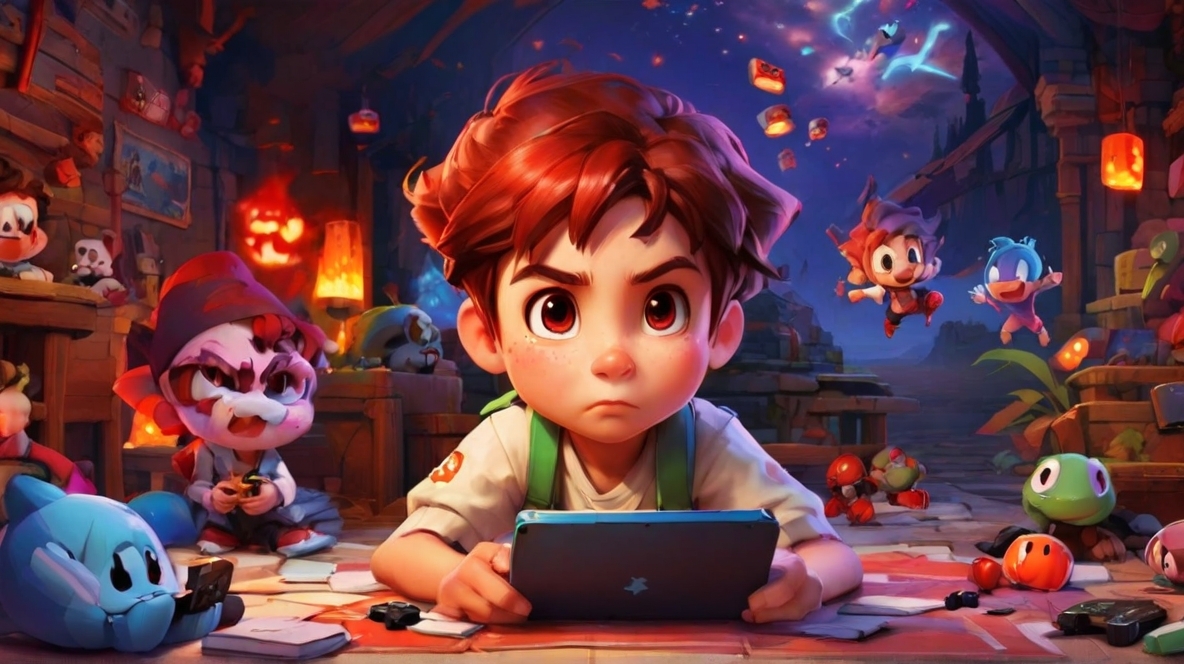In the dynamic landscape of education, traditional methods are constantly evolving to engage and inspire students. One avenue that has garnered increasing attention is the integration of video games into educational settings. Video games offer a unique blend of entertainment and interactivity, providing a platform that can be harnessed to enhance learning experiences.
1. Gamification in Education: A Transformative Approach
Gamification, the application of game elements in non-game contexts, has become a powerful tool in education. By incorporating gaming mechanics such as points, rewards, and competition, educators can create a more immersive and enjoyable learning environment. Students are motivated to actively participate and solve problems, fostering critical thinking skills.
2. Skill Development Beyond the Screen
Video games often require players to develop a diverse set of skills, including problem-solving, strategic thinking, and teamwork. These skills extend beyond the digital realm and can be seamlessly integrated into the academic curriculum. For instance, multiplayer games encourage collaboration, teaching students the importance of teamwork and effective communication.
3. Interactive Learning through Educational Games
The emergence of educational games tailored to specific subjects has further fueled the symbiotic relationship between video games and education. These games provide a hands-on approach to learning, making complex concepts more accessible and enjoyable. Platforms like Minecraft: Education Edition, for instance, allow students to explore and create within an educational context.
4. Cultivating a Growth Mindset
Video games often present challenges and obstacles that players must overcome to progress. This intrinsic aspect of gaming aligns with the concept of a growth mindset, wherein individuals perceive challenges as opportunities for growth. Integrating video games into educational practices encourages students to approach learning with resilience and a positive mindset.
5. The Role of Game-Based Learning Platforms
In recent years, game-based learning platforms have gained popularity for their ability to adapt to individual learning styles. These platforms utilize artificial intelligence and personalized algorithms to tailor content to each student's strengths and weaknesses. This personalized approach enhances the learning experience, catering to the unique needs of every learner.
6. Addressing Concerns and Maximizing Benefits
While the integration of video games in education presents numerous benefits, concerns about screen time and potential distractions must be acknowledged. Striking a balance between traditional teaching methods and incorporating video games thoughtfully is crucial. By doing so, educators can harness the positive aspects of gaming to create a dynamic and effective learning environment.
In conclusion, the synergy between video games and education holds immense potential to revolutionize the way students engage with and absorb information. As technology continues to advance, embracing the gamification of education can pave the way for a more interactive, enjoyable, and effective learning experience.
Thanks for reading,
decimo



